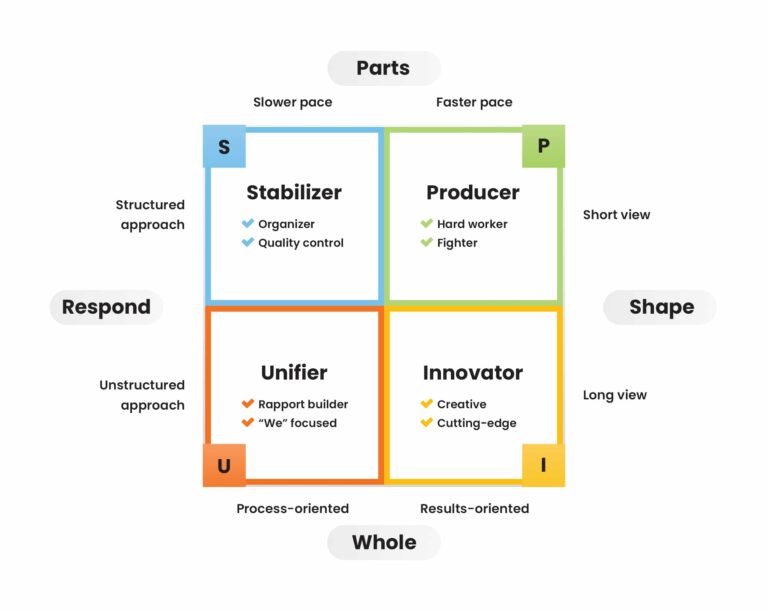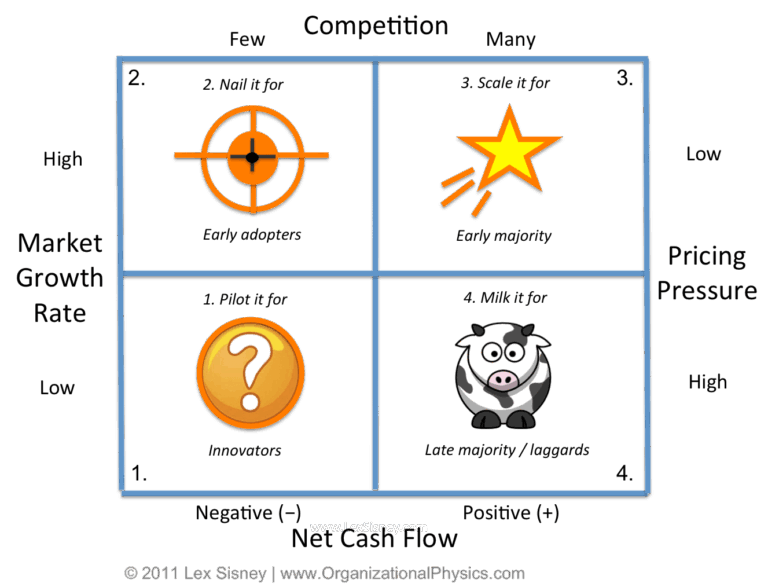
Mastering Team-Based Decision Making
Go Slow to Move Fast Summary Insight: Your organization won’t move fast until it decides well. Momentum comes from a repeatable system for decision making and execution that cuts resistance, aligns power, and moves mass. Key Takeaways: Execution speed =


